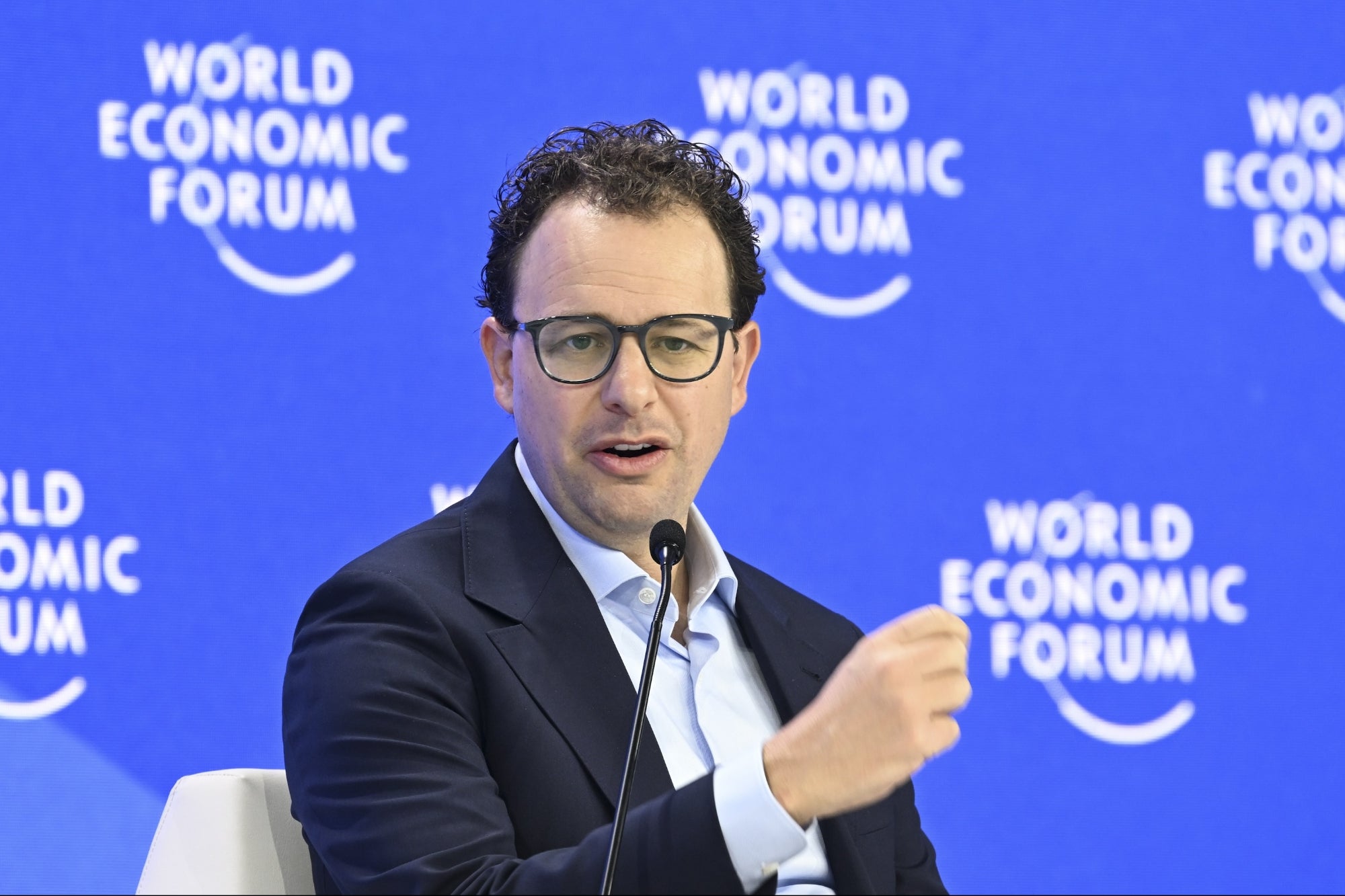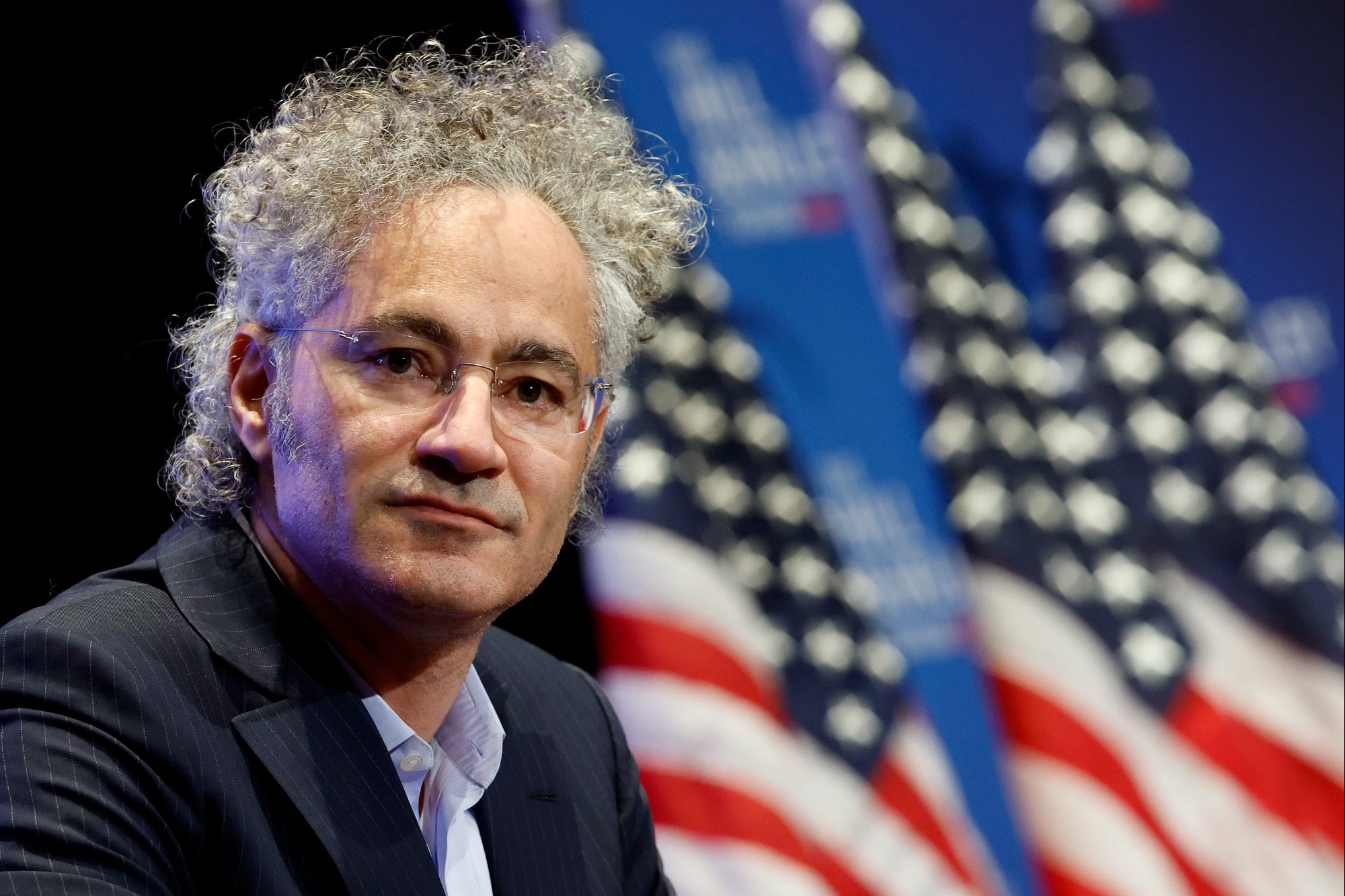Startup Telepathy Raises $5 Million for Wearable Computer Google isn't the only company investing in wearable computing devices. Telepathy is an upstart with a device of its own.
Opinions expressed by BIZ Experiences contributors are their own.
If you're reading this on your phone or tablet, prepare to feel behind the times. Telepathy, the Japanese startup that moved to Silicon Valley earlier this year to pursue wearable computing, announced on Thursday that it had raised $5 million in a Series A round to create its wearable device.
According to a news release, Telepathy will use the funds to hire additional hardware and software engineers and to speed up its development of flagship product, Telepathy One. A slim, lightweight device held in place on the user's head by earbuds, Telepathy One could be a competitor to other wearable computers such as Google Glass.
"Wearable technology will enable the next wave in social networking," Takahito Iguchi, Telepathy's chief executive, said in the release.
As for the current frontrunner of wearable computing? "I don't think Google is my enemy," Iguchi told reporters at a press preview of the device in April. "I would like to shake hands and create a new industry with them."
At that event, he also explained the differences he sees between the two devices. While Glass aims to serve multiple functions, he said, Linux-based Telepathy One will be more like an iPod, designed to do one thing very well. In this case, that thing is two-way communication in which Telepathy users share media, such as photos and video, in real time and viewers can react to them.
The Telepathy One, though still in its early stages, is clearly more conscious of aesthetics than the somewhat awkward-looking Glass. The sleek prototype shown in April had a micro-camera and projection unit positioned in front of the wearer's right eye; the resulting screen hovers in the top right of the visual field.
In video mode, viewers will be able to watch and comment on what you're seeing, Iguchi said. Comments will pop up in the screen for the wearer to read.
The Telepathy One will be available to consumers next year, he said in yesterday's statement. The company plans to make its software development kit available to app developers this fall.
Related: Google Glass Competitor? Startup Creates Its Own Computerized Headset










